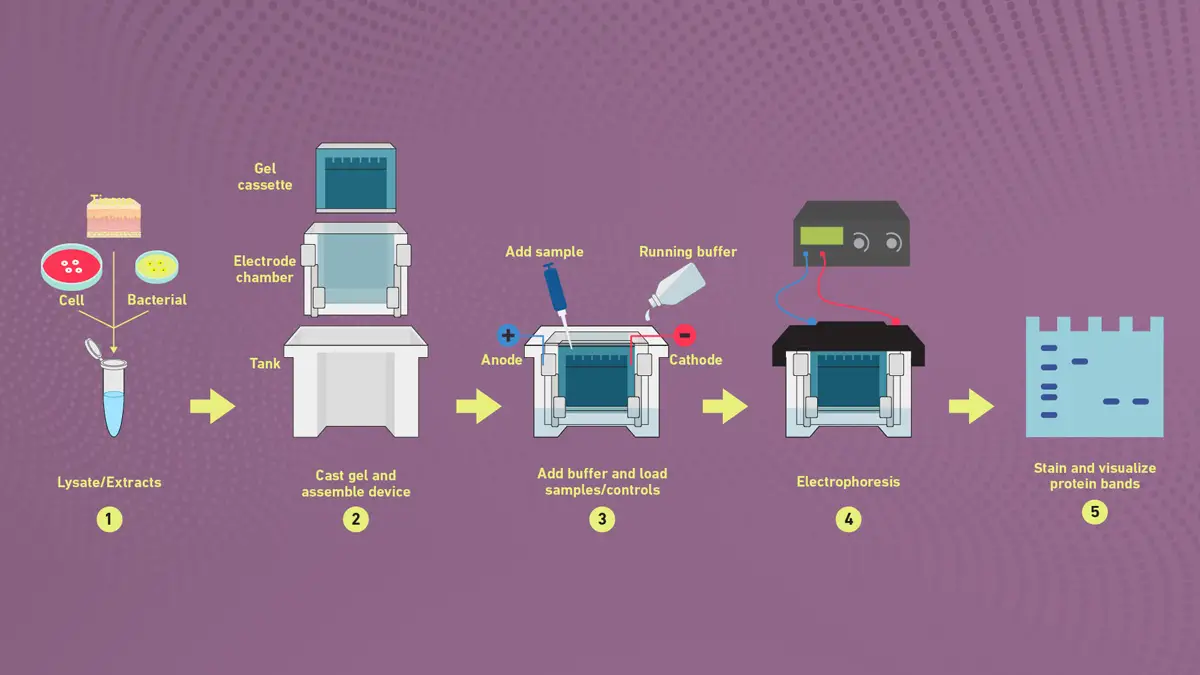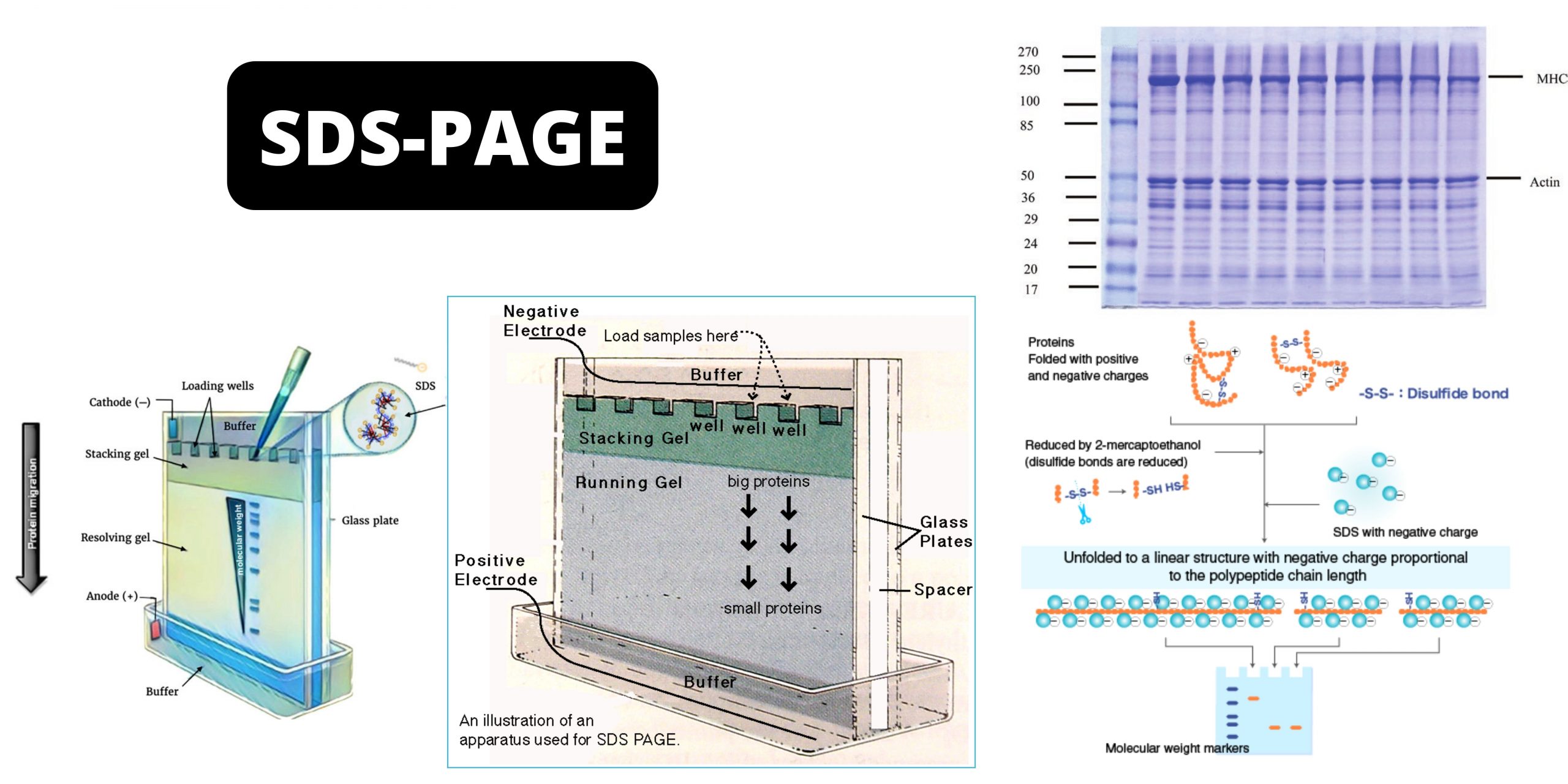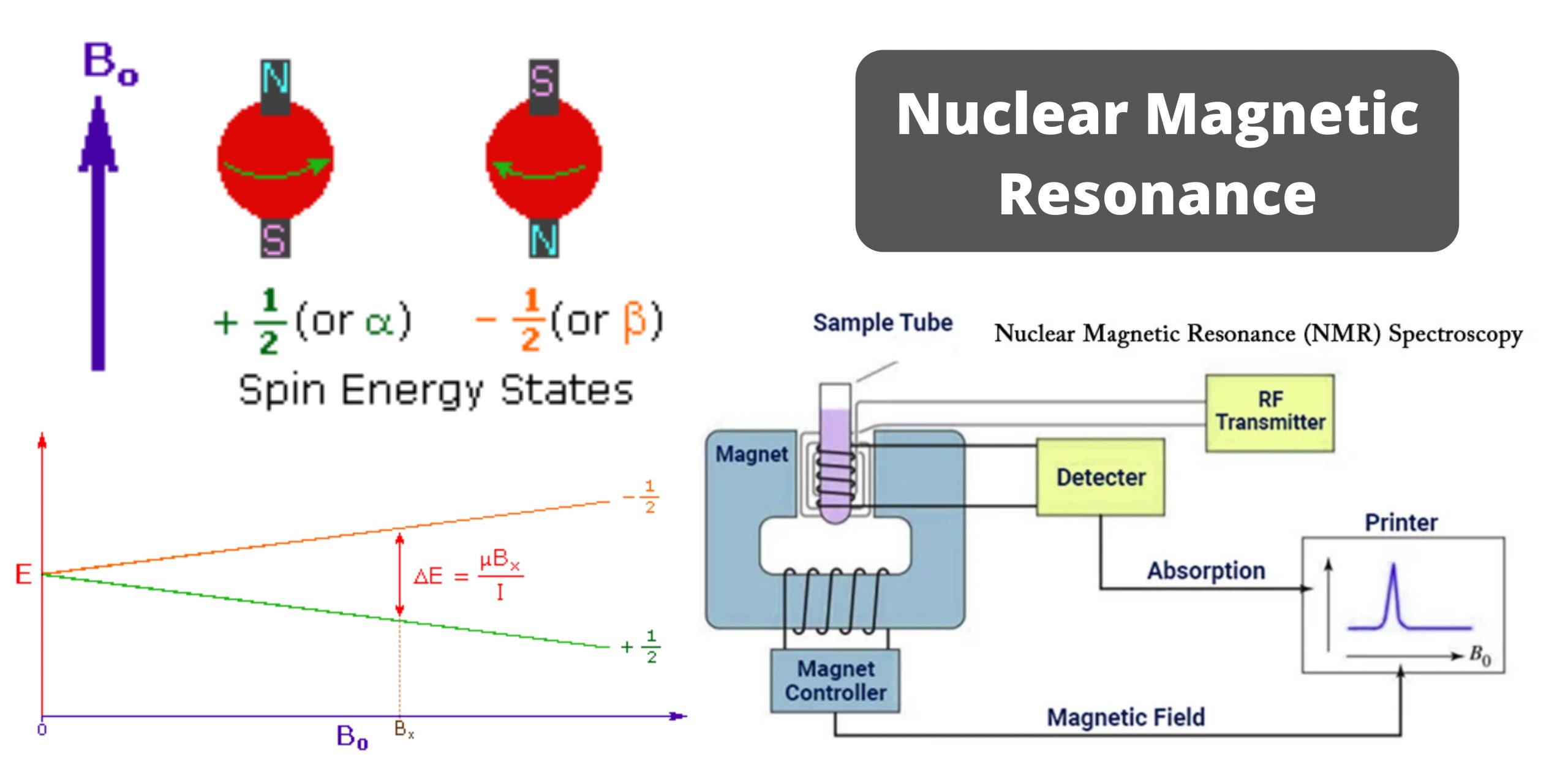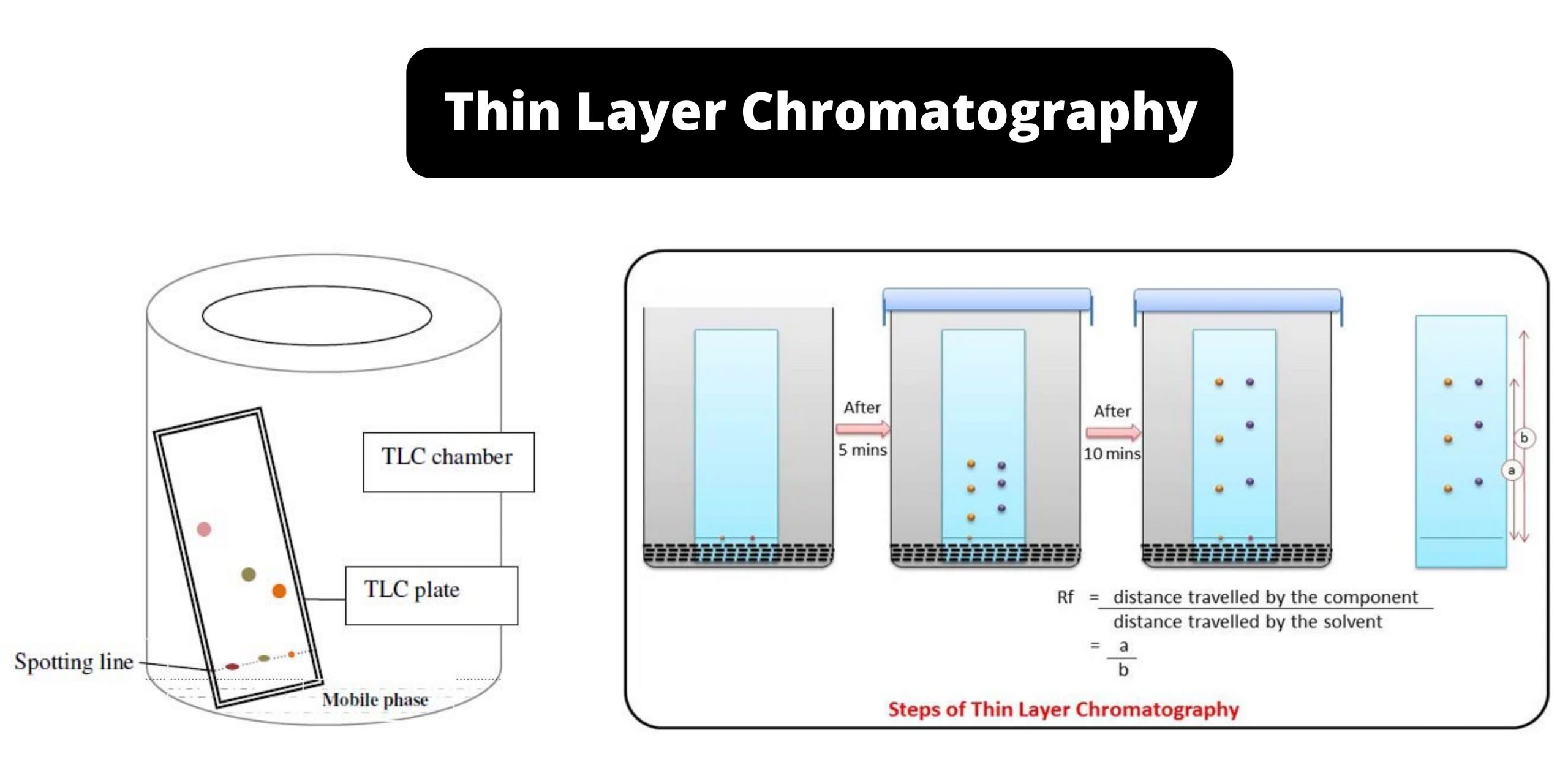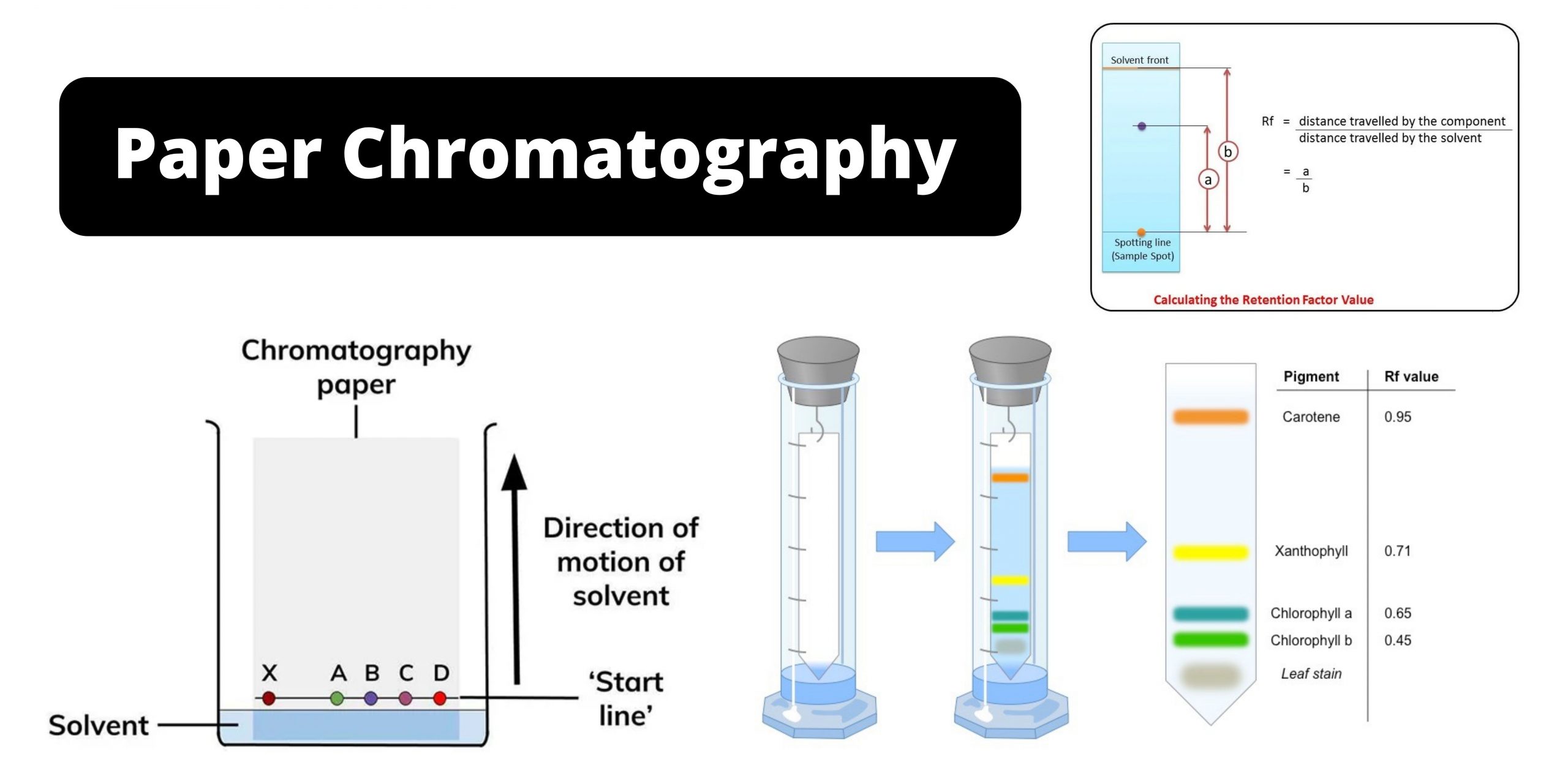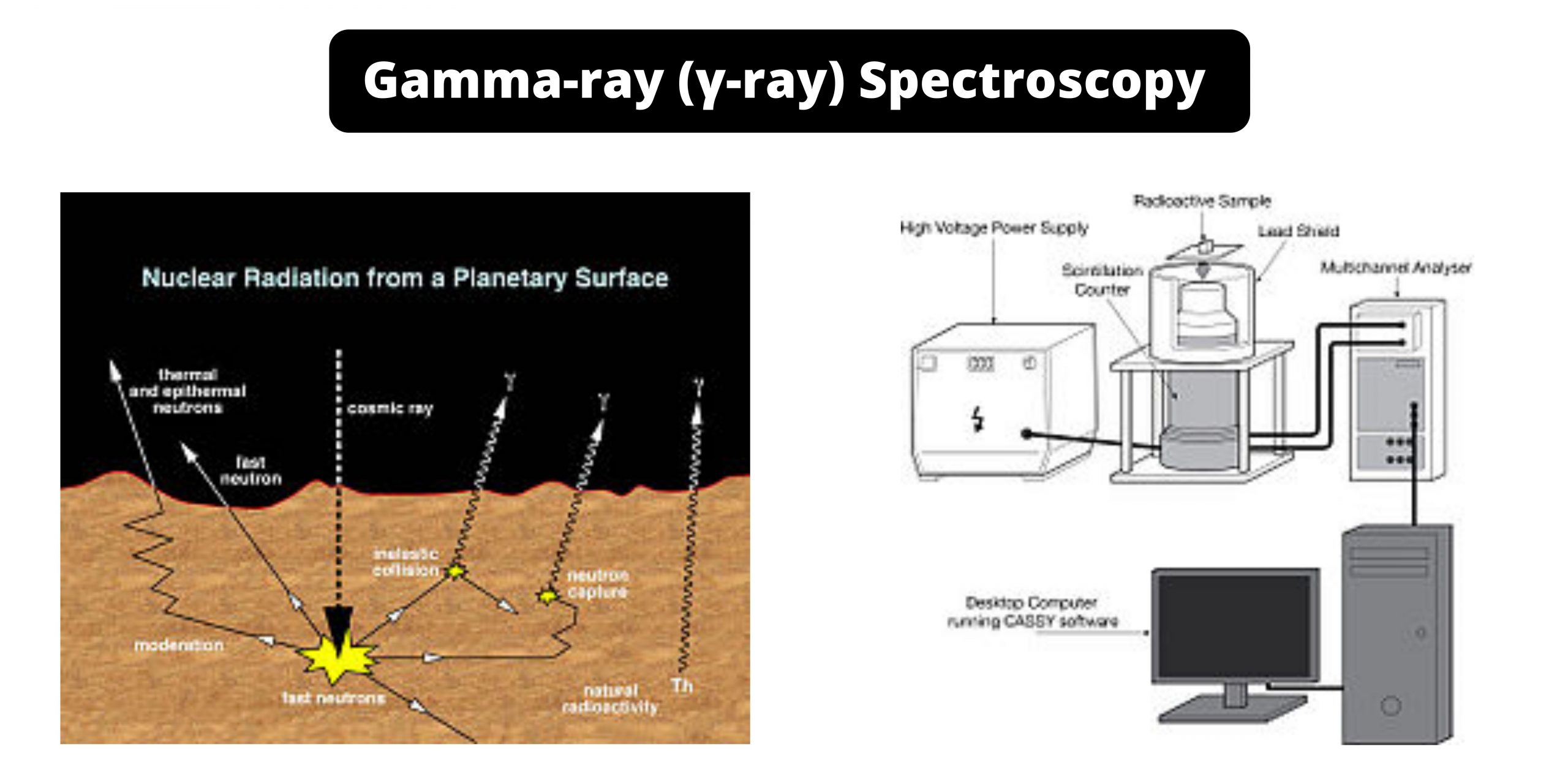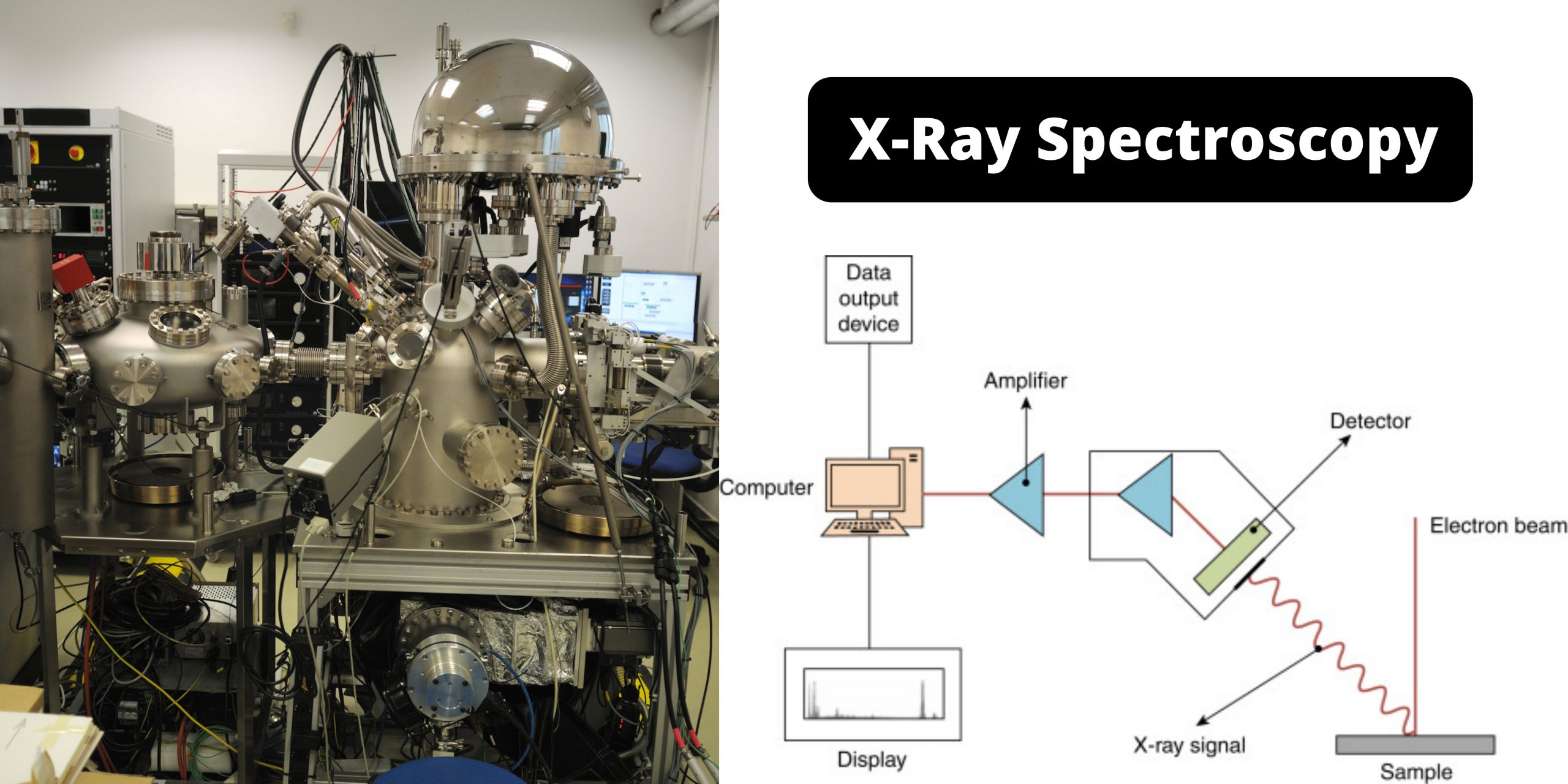Polyacrylamide Gel Electrophoresis (PAGE)
What is Polyacrylamide Gel Electrophoresis (PAGE)? Definition of Polyacrylamide Gel Electrophoresis (PAGE) Polyacrylamide Gel Electrophoresis (PAGE) is a technique used to separate and analyze proteins or nucleic acids based on their mobility in a porous polyacrylamide gel matrix under the influence of an electric field. Types of Polyacrylamide Gel Electrophoresis (PAGE) Native PAGE – Proteins … Read more
